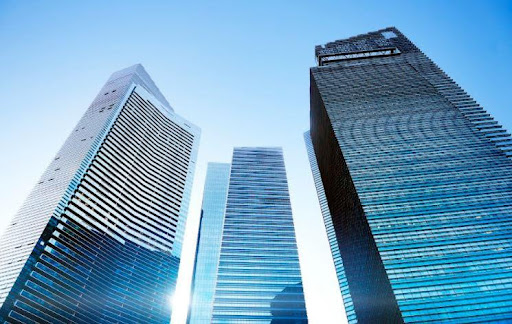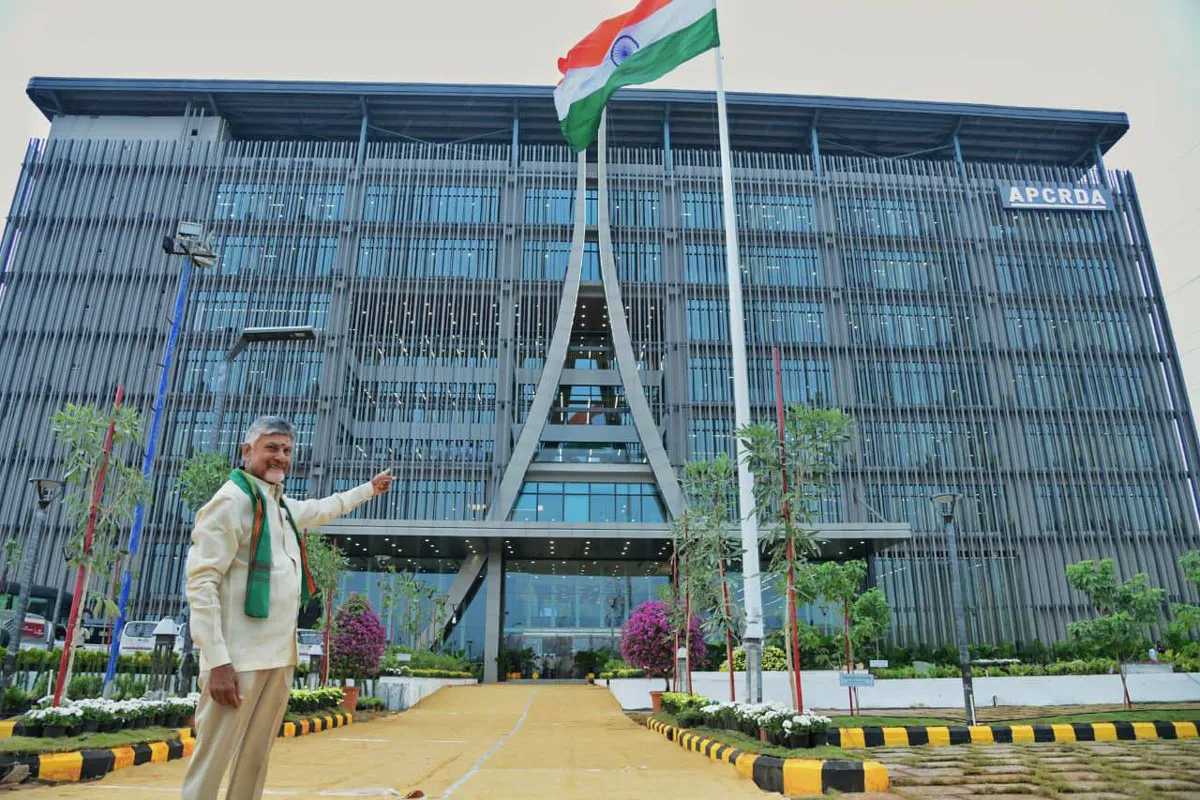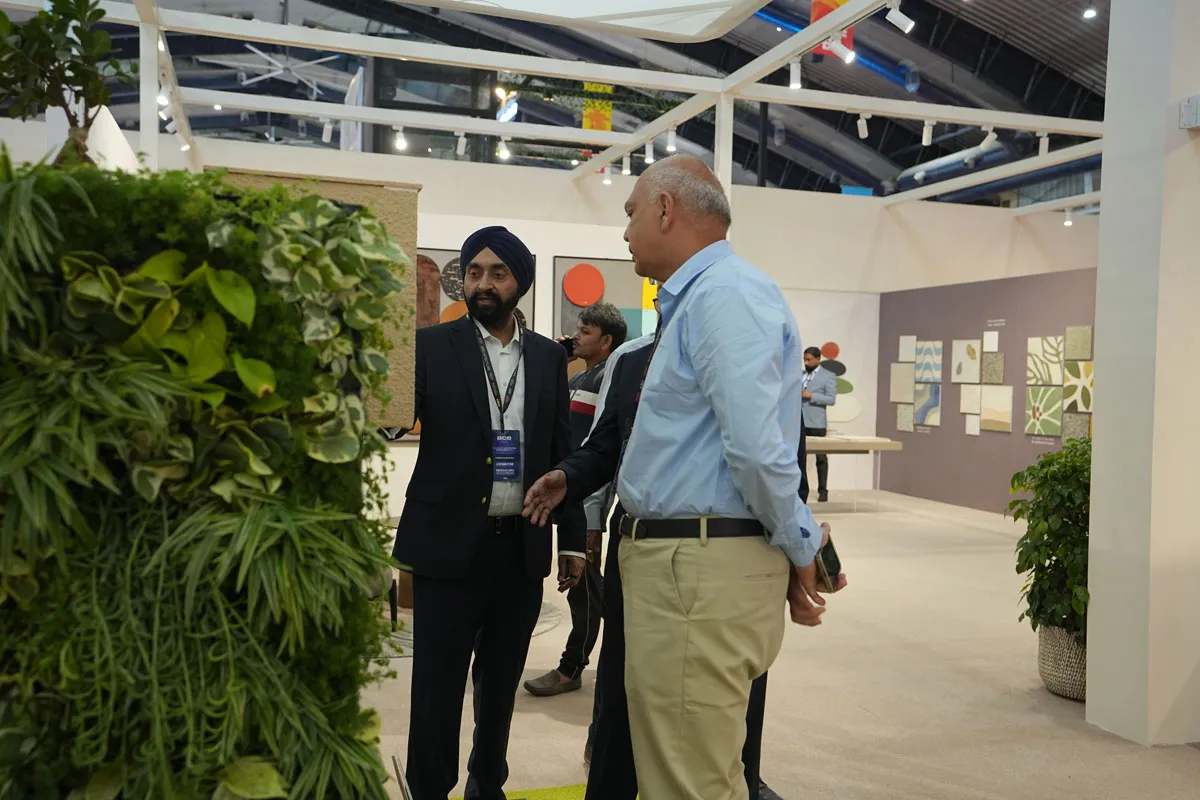Gurugram, Haryana, India
The Indian real estate business - both commercial and residential - has been aggressively adopting technology to create better customer experiences for quite some time. With the COVID-19, the digital revolution has only accelerated. We've seen a few flashes of this digital change during the last 12 months. Recently, PropTiger.com, India's premier digital real estate consultancy firm, launched PT Direct, a one-stop virtual platform that will help buyers in talking to Property Experts and scheduling meetings, negotiating with developers, paying the booking amount safely through the PT Direct Platform, and unlocking special offers and discounts.
New technologies in construction has made Gurugram's real estate touch Global Standards
Before the viral outbreak disrupted the global business ecosystem, the proptech market had progressed beyond enabling online property search to provide end-to-end solutions to consumers. Apart from linking customers with the greatest property deals, new-age real estate platforms are now offering a variety of services such as apartment management, digital payment integration, and so on. “Average time spent by visitors on the platform is close to 17 minutes, which is very high for digital platforms. We have already changed the way property transactions take place in India, by creating a branded one-stop solution for buyers, and we will continue to bring in more innovations in buying and selling of properties,” said Mani Rangarajan, Group COO, PropTiger.com, Housing.com & Makaan.com.
New technologies in construction has made Gurugram's real estate touch Global Standards
In the real estate sector, maximising the use of cutting-edge technology has signalled a watershed moment. Virtual reality and virtual tours are two examples of the same. “Virtual property visits are a long-term trend with benefits ranging from facilitating plans to virtually visiting residences. Property tours using AR/VR have been available for a while, but they're gaining a lot of traction due to social alienation and lockdown,” says Amarjit Bakshi, CMD, Central Park.
Another development is the LightHouse Developments (LHPs), which are model housing projects with houses built using alternate technology that is suitable for the region's geo-climatic and hazard characteristics. The LHP projects will ensure that the buyer obtains timely delivery because there are incentives for developers who complete projects within 12 months. Apart from delivery, it promotes the use of alternative technology appropriate for the region's geo-climatic and hazard conditions, allowing for the timely, cost-effective, and high-quality, long-term delivery of dwellings.
With the second wave of the COVID-19 pandemic striking the real estate sector when it was still recuperating from the first, the sector is relying on new-age digital and construction technology to get through the problem.
Nayan Raheja of Raheja Developers, “India's property markets are in desperate need of change, and new technologies are playing a key role. Not only construction, but also design, the property purchase procedure, and other building technology, can help India's real estate modernise. Also, Green building technology has improved the quality and health of life in our residential developments.”
Digital launches, 3D property viewing, augmented and virtual reality-based design projects, and virtual property exhibits have all begun to break free from the confines of boardroom meetings and are now being used in the real world; this paints a positive picture for the sector as a whole, as well as providing a significant boost to NRI buyers. “Expat buyers may explore and learn more about different property options without having to fly to India thanks to the active use of digital technologies, allowing them to make well-informed judgments. To improve consumer encounters, increase brand memory, and deepen customer contact, developers are increasingly depending on technology,” says Ankit Kansal, Founder MD, 360 Realtors.
Mivan shuttering is another technology that is being marketed for its potential to encourage mass construction operation. Rajat Goel, Joint Managing Director, MRG World says, “Innovative building technology that can reduce construction time and cost must be prioritised to make housing more accessible to the general public. Mivan Shuttering can help with this. Technology can assure building efficiency and power, in addition to saving time and money. The first and most significant advantage is that it cuts the construction time in half when compared to traditional approaches. The technology improves the structures' seismic resistance and durability. The building has fewer leaks since there are fewer joints.”




















